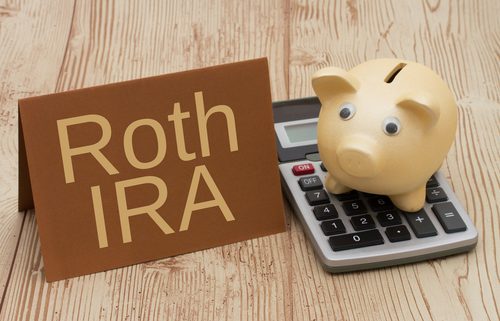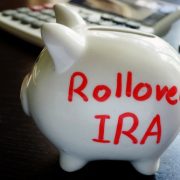Is a Self-Directed Roth IRA Right for You?
Anyone interested in retirement knows that there are a lot of options for moving forward and getting started with building their nest egg. What they might not have known, however, is just how many options there are. And at the forefront of these options is the Self-Directed Roth IRA. This tax-advantaged retirement investing account allows investors to put after-tax money into retirement. This means that while you won’t get tax deductions on the money you put toward a Roth IRA, the after-tax designation of that money lets the Roth IRA grow tax free. Then, upon retirement, you’re able to take the qualified distributions of your Roth IRA out of the account without paying any taxes, provided you’ve followed the rules.
Sound too good to be true? Then you may need to learn more. Here’s how investors can make their own decision on whether a Roth IRA might be right for them.
Understanding the Basics of the Self-Directed Roth IRA
If you want to follow along, you can find out more at our Self-Directed Roth IRA page. But without getting too in depth, let’s review the basics.
- Roth IRAs allow for tax-free withdrawals upon retirement age, provided you hit two qualifications. For starters, you’ll have to have opened the Self-Directed Roth IRA and established it for a minimum of five years; this ensures that you’ve put long-term planning into it. Second, you’ll have to be 59 ½ years or older when you start taking the tax-free distributions. Otherwise, you simply have to meet the conditions for putting money into a Roth IRA in the first place.
- Roth IRAs are especially good for people who anticipate having more money in retirement. Because an individual investor might have more money to withdraw when they’re in retirement than money they earned as a young individual, having this money grow tax-free because of the Roth IRA status is a powerful way to save for retirement. It essentially means that an investor can put more of their own money aside and let that money grow tax-free, as long as they make the right decisions along the way.
More About Self-Directed Roth IRAs
Simply by reviewing the basics, you should have a clearer idea of whether a Self-Directed Roth IRA might be right for you. But there’s more to know before moving forward.
For example, many investors who want to work for a long time might enjoy Roth IRAs because there are no required minimum distributions (RMDs) associated with this account. In other pre-tax accounts, such as a Traditional IRA, the IRS requires that investors start taking money out of the account at a certain age. This ensures that the taxes on the income set aside do get paid. But with a Roth IRA, those taxes have already been paid. That means that you have more control over what happens to the money in retirement—after all, it’s yours already.
You should also be aware of how investors can fund a Self-Directed Roth IRA. There are some limits here, as earning above a certain income can severely restrict your ability to enjoy the tax benefits of retirement investing.
What is self-direction? It refers to taking over the reins of your own IRA so that you can make your own key investing decisions. For many people, that means opening up all sorts of possibilities, including investing in real estate, precious metals, and other assets which are allowed within a retirement account.
Interested in learning more about Self-Directed IRAs? Contact American IRA, LLC at 866-7500-IRA (472) for a free consultation. Download our free guides or visit us online at www.AmericanIRA.com.







